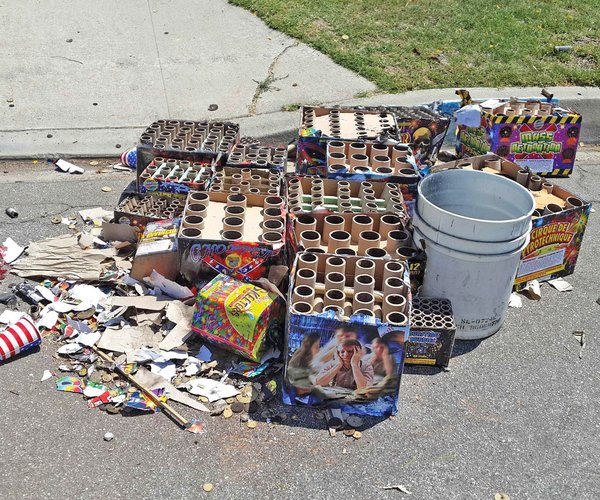Action was taken last week by the Ceres City Council to a formal request of Caltrans to create a new connection between Highway 99 and Service Road.
The California Department of Transportation, better known as Caltrans, requires the city to ask permission to connect the planned interchange at Service Road to the state owned and controlled freeway.
The Ceres City Council expanded its contract with a consultant in February to produce the plans, specifications and estimates (PS&E) necessary for the construction of the Service/Mitchell/Highway 99 interchange.
Nolte Associates (NV5) has been involved with the project from its inception. Its current contract with the city was executed in 2006 and was intended to move the Interchange project to the next step that of the Project Approval/Environmental Document (PAED). The company was told to minimize activities in 2009 because the city was uncertain about funding but in 2011 the city revved up the process to get the project on track. With Caltrans approval of the project and the accompanying environmental document, the project can now move into the next stage of Plan, Specifications and Estimates, or PS&E.
“The primary focus is to get the project to a point where the ultimate right-of-way can be protected and best position the city to pursue the funding necessary to construct the project,” said City Manager Toby Wells.
It is expected to take approximately 15 to 18 months to complete the PS&E. Wells estimates it will cost $3.89 million or $2,024,900 this year to continue moving at full pace. Funds for the design work are coming from Measure L, the half-cent sales tax approved by voters in November 2016.
Approximately $7 million have been spent to get the project to the current status.
Measure L is committed to funding $30.74 million of the Ceres interchange. More funding is expected from SB 1, the state’s gas tax increase and car registration fee hike that survived a repeal effort last November. The project is expected to cost $100 million.
The interchange design would also eliminate the current way motorists exit southbound 99 at Mitchell Road. The southbound off-ramp and southbound on-ramps cross each other, so drivers coming off the freeway must stop and wait for a break in southbound Mitchell Road traffic headed toward the on-ramp. Under the diverging diamond design, the only freeway access at Mitchell Road to remain would be the southbound on-ramp and the northbound freeway on-ramp.
The interchange at Service Road will include a diverging diamond design, which is well explained in several Youtube.com videos. Normally a vehicle travelling westbound over a freeway overpass would be on the north side while eastbound motorists would be on the south side of the overpass. The diverging diamond flips that circulation pattern to allow for less traffic conflicts, better and increased traffic flow and better access to the freeway.
California currently has no diverging diamond interchanges but many states have found they work well and are safer.
The city has been planning a new Service/Mitchell/99 interchange since 1997. The original design called for couplets – where Mitchell Road was southbound and Moore Road was the northbound movement – but it was scrapped for an expensive 2002 design plan which Caltrans ultimately rejected in 2009. The city dusted off the interchange project in 2011 and consulted Caltrans about better designs.
The design calls for the Brickit Court industrial area to be accessible by Don Pedro Road and not the current route via El Camino Avenue.





